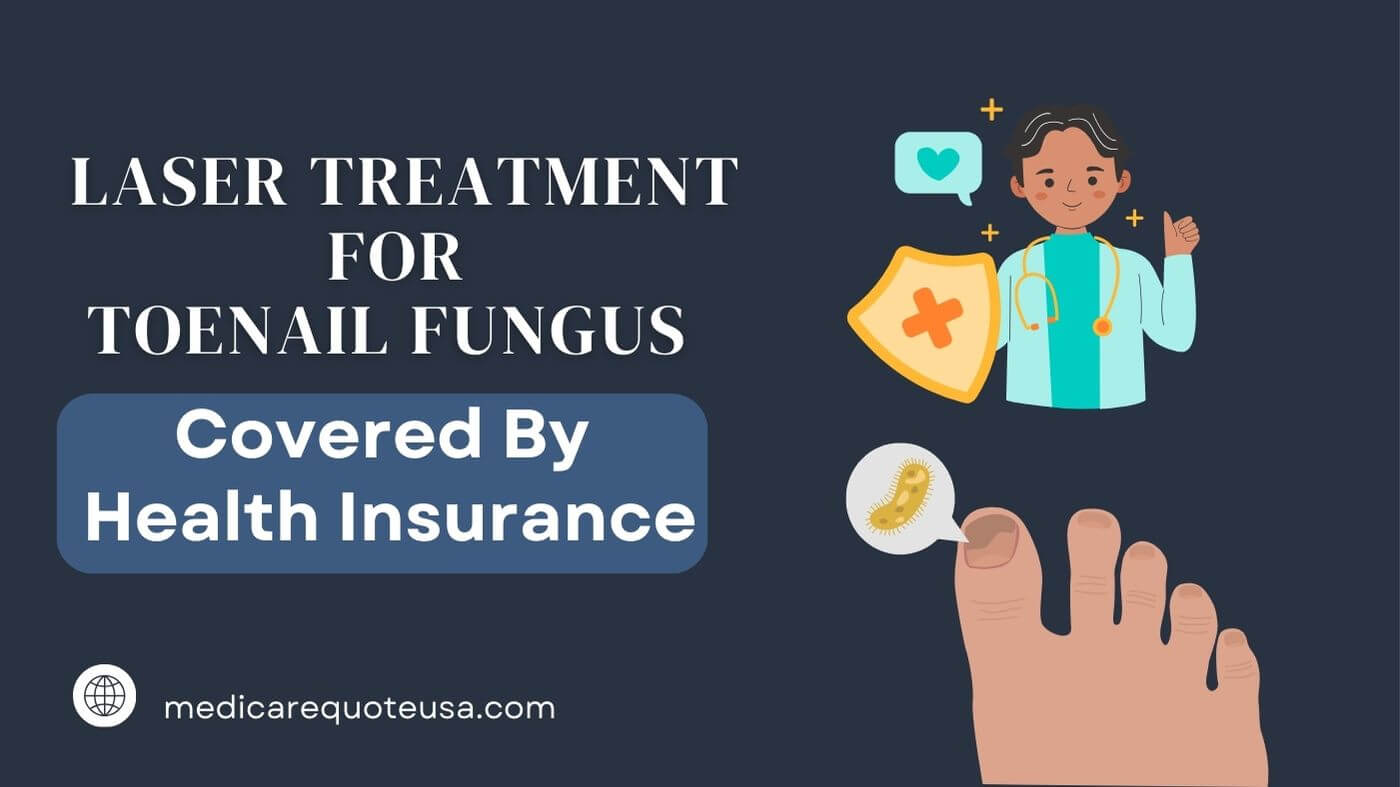
Unfortunately, whether or not health insurance covers laser treatment for toenail fungus depends on the individual’s insurance plan.
When Laser Treatment for Toenail Fungus May Be Covered by Health Insurance:
While coverage is limited, there are some situations where individuals may be able to get insurance Repaid for laser treatment for toenail fungus.
1. If the fungal infection causes more health problems:
If the fungus makes your toenail ingrown and infected, insurance might cover laser treatment. That’s because fixing the fungus helps with the bigger problem of infection.
2 If the fungus affects your daily life:
If a doctor says the fungus makes it hard for you to do regular things, like work or walk, insurance might help pay for the laser treatment.
3. Some insurance plans might help a bit:
A few insurance plans give you a certain amount of money each year for treatments that aren’t super necessary. If you’re lucky, laser toenail fungus removal might fit in this category, and they could help pay for a part of it.
Looking for Differences and Other Options
Firstly, it’s a good idea to check directly with your insurance provider to see if there are any exceptions or special cases where coverage might apply. Policies vary, and some rare situations could lead to at least partial coverage.
If insurance doesn’t cover it, you can talk to the laser treatment clinic about payment plans or discounted rates. Since these procedures are often not covered, many clinics offer flexible payment options to make it more affordable.
If these options are still too expensive, there are other ways to deal with fungal toenails. You can explore over-the-counter creams, oral medications, or home remedies.
While these may not be as effective for severe cases, they can provide relief at a much lower cost. It’s a more budget-friendly alternative, and you can consider it while saving up for laser treatment if needed.
